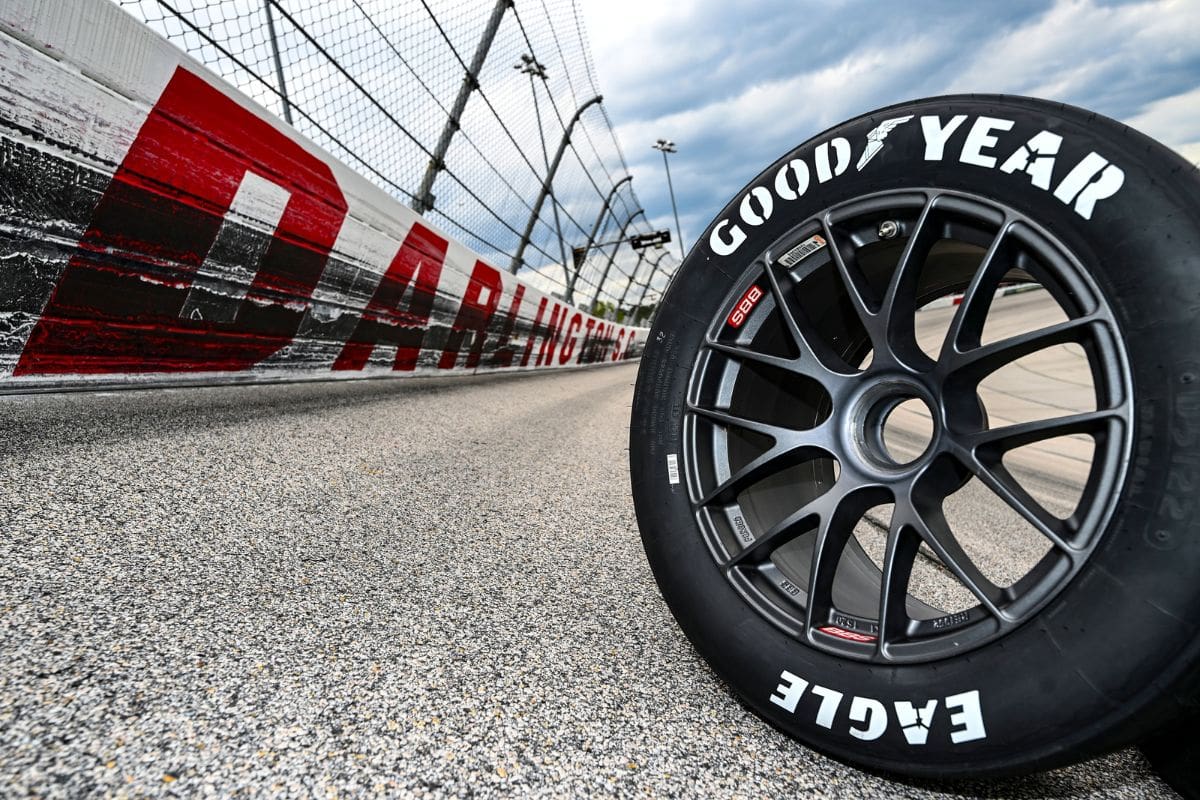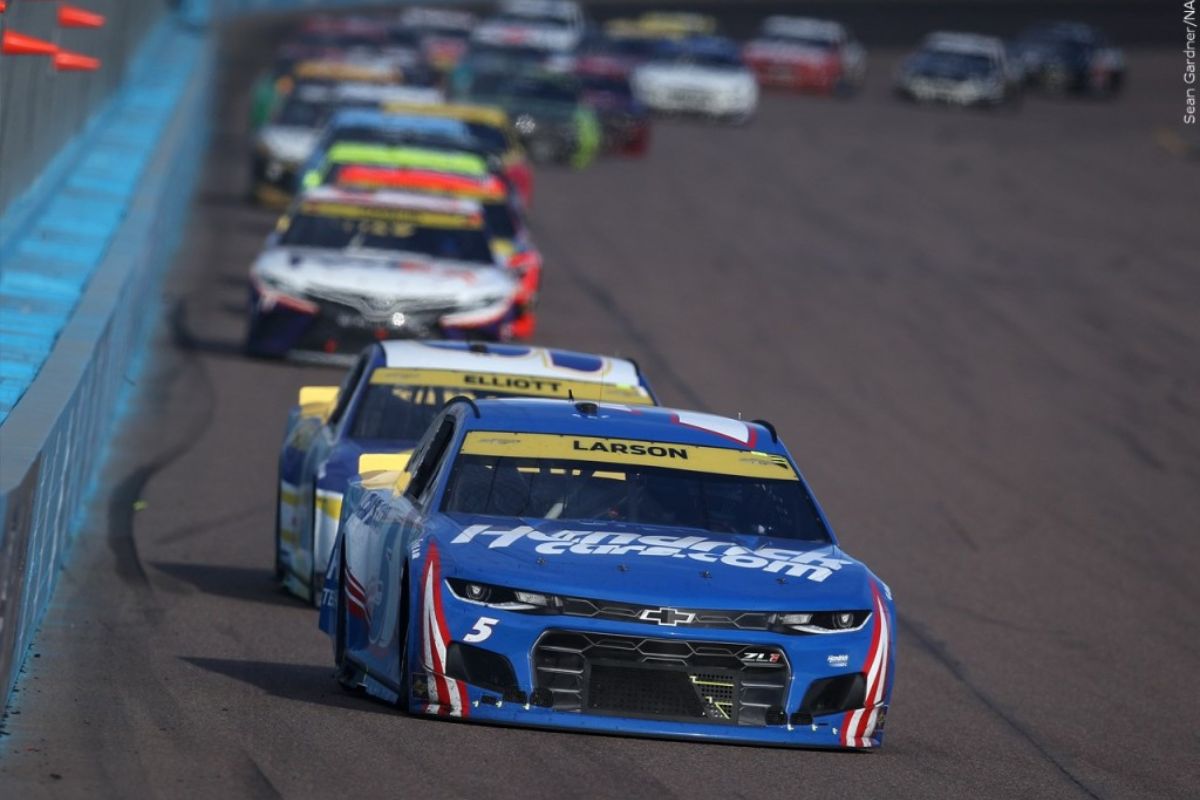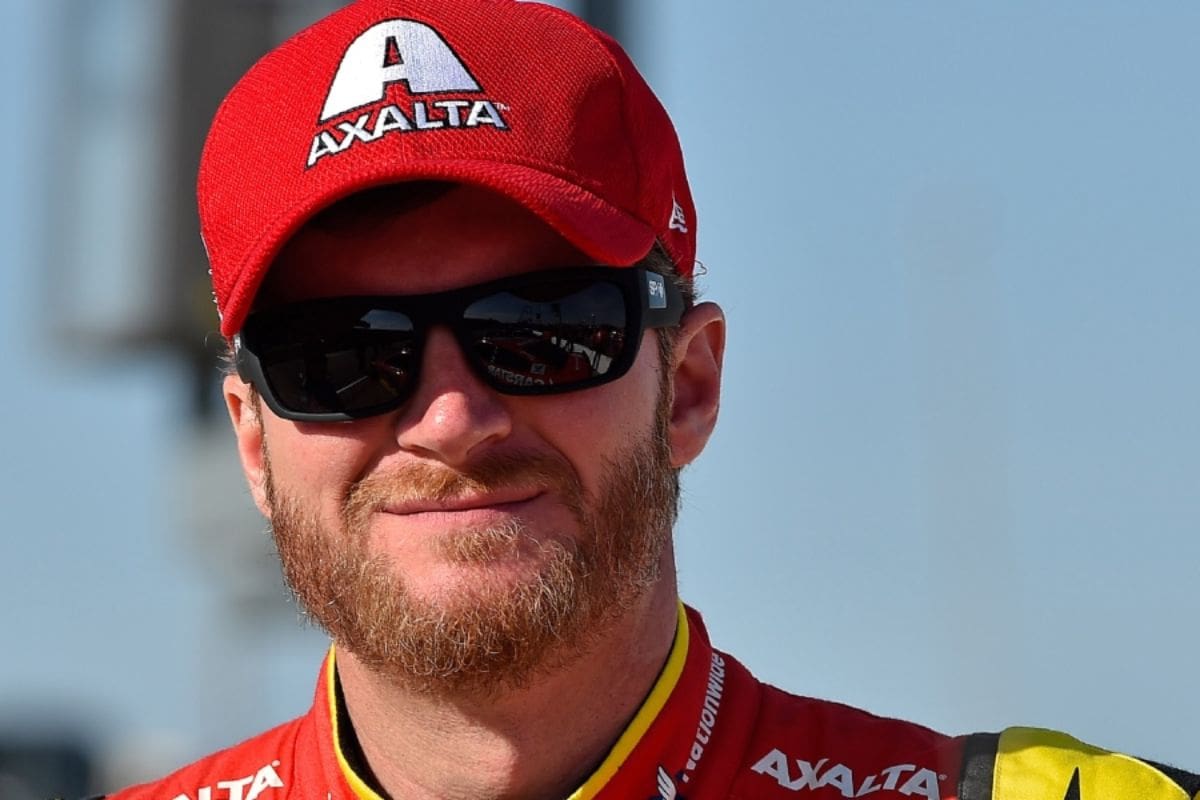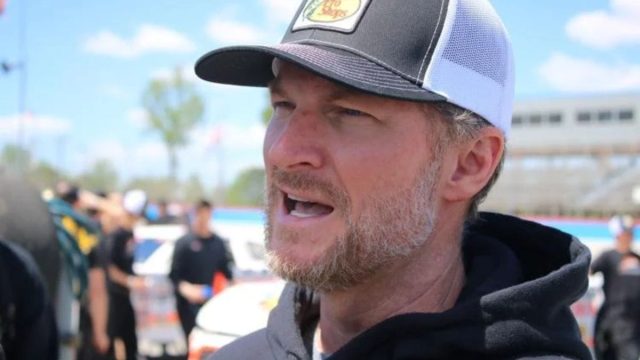Dale Earnhardt Jr. Backs Fans in Criticism: Dale Earnhardt Jr.’s recent endorsement of fan critiques surrounding NASCAR’s tire strategy at Richmond Raceway raises significant questions about the implications of limited tire options on competitive integrity. By advocating for a more diverse selection of high-wear tires, Earnhardt Jr. highlights concerns that the current framework may inadvertently skew race outcomes and dampen viewer engagement. This perspective not only reflects a growing dissatisfaction among fans but also invites examination of NASCAR’s broader tactical choices. As the discussion unfolds, the potential impact on the sport’s future and fan loyalty remains to be assessed.
Key Highlights
- Dale Earnhardt Jr. expresses concern that limited tire options may reduce competitive diversity in NASCAR races.
- He advocates for a wider variety of tire choices to enhance excitement and fan engagement.
- Fans have criticized the fairness of option tires, fearing manipulation of race outcomes.
- Dale highlights the need for tire management strategies to prevent dominating performances from overshadowing competition.
NASCAR’s Return and Tire Experiment
As NASCAR prepares to resume its season at Richmond Raceway, the introduction of limited tire options is poised to challenge drivers’ strategies and highlight the complexities of tire management in short track racing. The decision to restrict tire choices signifies a calculated risk by NASCAR, intended to improve competition while also testing the adaptability of teams and drivers.
The implications of this experiment extend beyond mere tire selection; they necessitate a deeper understanding of how tire wear and performance impact race strategy. Drivers will need to navigate the delicate balance between speed and durability, particularly given Richmond’s unique characteristics, which often lead to tire degradation over longer runs.
The limited options may force teams to rethink their approach to practice sessions and race setups, as they will have fewer opportunities to fine-tune their vehicles’ performance under varying conditions.
Critics within the NASCAR community argue that the decision to limit tire choices may dilute the competitive edge typically found in short track racing. Many believe that a more diverse array of tires would foster a race atmosphere akin to what was witnessed at Bristol, where tire management played a vital role in determining race outcomes.

Dale Earnhardt Jr’s Perspective on Tire Options
Dale Earnhardt Jr. frequently expresses concern over NASCAR’s limited tire options, suggesting that the current approach may hinder competitive diversity in short track racing. His apprehension stems from the premise that with only two high-wear option tires available amidst six prime tires, teams may converge on similar tactics, ultimately undermining the essence of competition. This sentiment resonates with fans, reinforcing the notion that NASCAR’s approach lacks the variety seen in other racing formats.
“Does anyone else think it’s a little dumb what they are doing? Essentially every team will most likely be all on the same tires or same strategy at the same time. It’s kinda gimmicky to me… Nascar is not F1… If they want different tire compounds they need to have unlimited sets to choose from and at least 3 different ones.” – fans’ reaction
| Tire Type | Performance Characteristics | Impact on Racing Strategy |
|---|---|---|
| Prime Tire | Consistent grip, lower wear | Predictable pit strategies |
| High-Wear Option | Improved grip, faster laps | Limited tactical diversity |
| Unlimited Sets | Varied performance options | Encourages unique team tactics |
The table demonstrates the implications of tire choice on race dynamics. Earnhardt Jr.’s stance highlights a vital aspect of the racing experience: unpredictability. Without diverse tire options, short track races may become formulaic, reducing excitement for fans and drivers alike.
“I could see myself agreeing with you.”
“But Richmond and to a certain extent short track racing is in a vulnerable state at the top Cup level. I’m for throwing everything at it to try to make short track racing must see for Cup fans.” – jr
As NASCAR prepares for the Richmond experiment, Earnhardt Jr. advocates for a more dynamic approach. He believes that embracing a broader spectrum of tire choices could invigorate short track racing, making it more compelling for viewers. By acknowledging the vulnerabilities in the current tire strategy, he underscores the need for innovation to keep the sport engaging.
Drivers’ Reactions to the Tire Strategy
Drivers have voiced varying concerns regarding NASCAR’s tire strategy for the upcoming Federated Auto Parts 400 race, highlighting the potential impact on race outcomes and competitive dynamics. The introduction of option tires has sparked debate among competitors, particularly regarding the fairness and unpredictability it introduces into the race format.
Denny Hamlin expressed anxiety over the possibility of losing a dominant position due to the tactical advantage offered by softer tires, stating that a competitor could capitalize on an extra set of soft tires to overtake him late in the race. This concern emphasizes a broader frustration among drivers about the potential for race results to hinge not solely on performance but also on tire strategy.
“I could have the dominant car, and then someone’s got that extra set of softs, and they come by and blow our doors off at the end.” – hamlin

Chase Briscoe added another dimension to the discussion by suggesting that drivers with backgrounds in Late Model racing may hold an advantage under the new tire strategy. He posited that these drivers are adept at tire conservation, a skill crucial for maximizing the performance of softer tires.
“I think it plays into the pavement late model guys’ hands a lot more just because they’re really good at saving tires, and they know how to do that, where sprint car guys typically struggle with that.”- chase
This perspective indicates a divide in driver experiences and strategies, raising questions about equity in competitive preparation. Such insights reveal a complex landscape where expertise in tire management may overshadow raw speed, leading to an evolving competitive hierarchy based on skill sets rather than sheer vehicle performance.
As drivers grapple with these dynamics, the implications of NASCAR’s tire strategy will certainly influence not only race outcomes but also the broader competitive fabric of the sport.
Historical Context and Expectations
Examining the historical context of tire strategies in NASCAR reveals a complex interplay between track conditions and competitive expectations, particularly as teams approach the upcoming race at Richmond Raceway. The evolution of track surfaces directly impacts tire wear dynamics and racing strategies.
Since its last complete repave in 2004, Richmond has developed a reputation for notable tire degradation, contrasting sharply with recently revamped tracks like Sonoma and North Wilkesboro. The new surface at these venues, while enhancing grip, has often muted the desired tire strategy outcomes.
For instance, Dale Earnhardt Jr.’s revitalization efforts at North Wilkesboro resulted in a race experience that lacked the anticipated tire performance variability, leading to less engaging competition. In contrast, Richmond’s older pavement promotes a more pronounced tire wear scenario, presenting an opportunity for teams to utilize different tire strategies effectively.
Ryan Blaney’s insights highlight expectations surrounding the recent introduction of option tires, which are designed to produce faster lap times but also experience rapid fall-off. His assertion that Richmond could provide a more authentic testing ground for these tires aligns with historical patterns observed at this track.
“I don’t think we really got the full option tire experience at Wilkesboro, just because of the new pavement, but I think Richmond will be a little bit more. It has to be two sides of the scale. It has to be half a second faster, like the option tire, which has to be a half-second faster for like 10 laps and then fall off a second after that. So it has to be two ways, and hopefully Richmond helps that out.” – Blaney
The interplay of tire strategy and track conditions has historically shaped race outcomes, consequently setting a vital backdrop for the upcoming event. As teams prepare their strategies, they must consider both the historical context and the evolving expectations surrounding tire performance at Richmond.
Anticipation
As teams finalize their strategies for the upcoming race at Richmond, the anticipation surrounding the implementation of option tires adds an intriguing layer to the competitive landscape, prompting discussions about potential outcomes and the effectiveness of tire management. This race marks the inaugural points-paying event utilizing option tires, a factor that has generated considerable debate among drivers, teams, and fans alike.
The mixed responses to this tire strategy signal a divergence in opinion on its potential impact. While some see the introduction of option tires as a method to improve racing excitement and strategy, others, including notable figures like Dale Earnhardt Jr., express skepticism regarding its implications for fair competition. The effectiveness of tire management will be put to the test as teams navigate the complexities of balancing speed with durability.
With teams poised to make critical decisions on tire selection and pit strategies, the race could yield surprising results. Drivers may find themselves needing to adapt quickly to the changing conditions on the track, which adds an element of unpredictability. Observers are particularly keen to see how tire degradation affects lap times and overall race dynamics, with the potential for different strategies to either converge or diverge considerably.

Ultimately, the Richmond race will serve as a litmus test for NASCAR’s tire strategy, providing a clear indication of whether the option tires fulfill their intended purpose or if they complicate the competitive integrity of the sport. Fans and professionals alike will be watching closely as the engines roar to life on Sunday.
News in Brief: Dale Earnhardt Jr. Backs Fans in Criticism
Dale Earnhardt Jr. articulates a noteworthy concern regarding NASCAR’s limited tire options at Richmond Raceway, emphasizing that such restrictions may compromise competitive diversity and excitement.
The critique resonates with fans who perceive these tire strategies as gimmicky, potentially influencing race outcomes.
A broader selection of tire choices could improve the general racing experience and align with the expectations of both drivers and spectators, fostering a more dynamic and engaging competitive environment within NASCAR.
ALSO READ: Goodyear’s New Tire Strategy Solve NASCAR’s Short-Track Woes?
